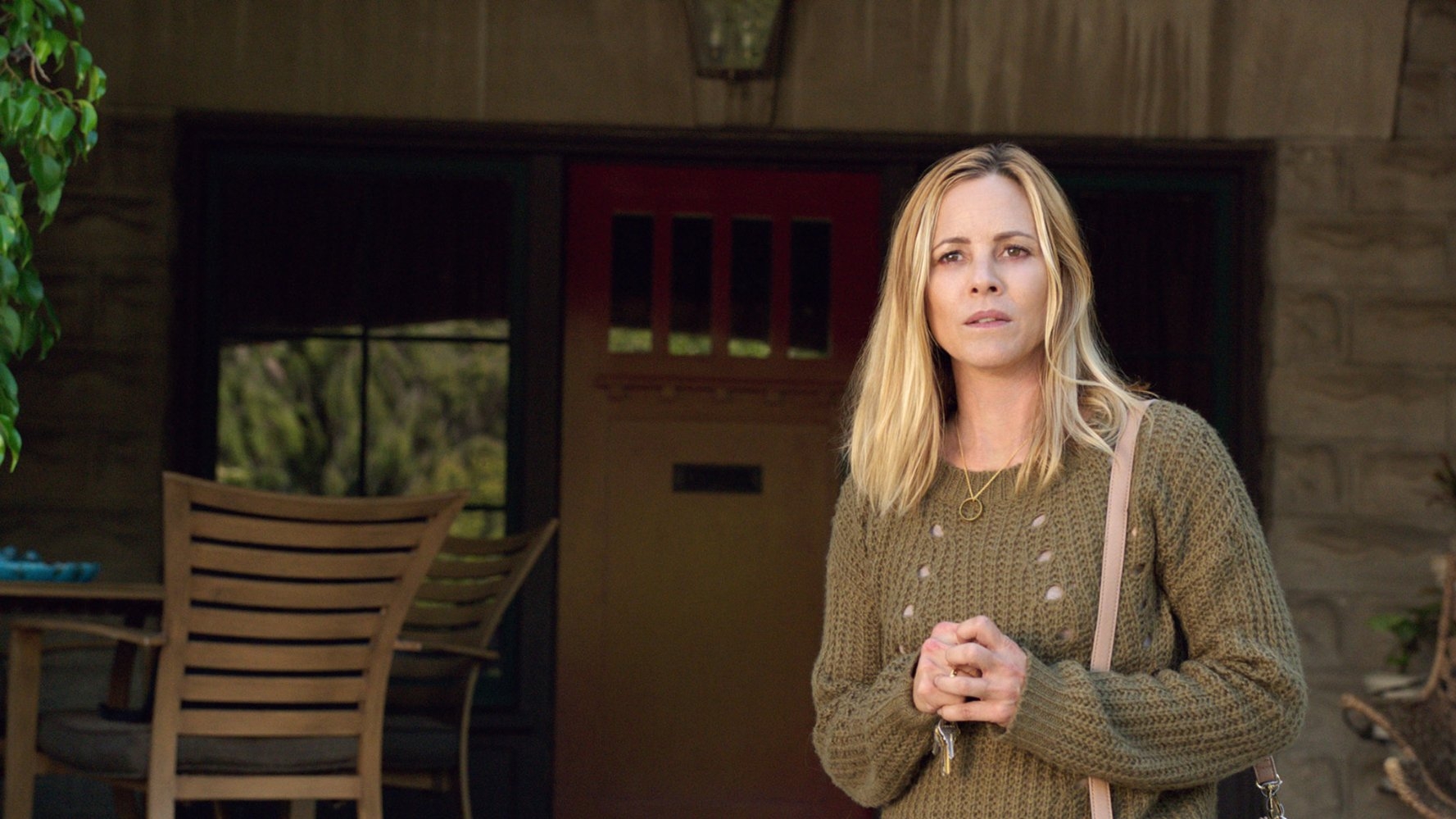

Oscars 2023: Best Original Screenplay Predictions 'Shadow and Bone' Creator Eric Heisserer on Why Universal's Original Dark Universe Plan BombedĦ0 Must-See New Movies to Watch This Fall Season In “Lights Out,” the sun rarely shines in, but when it does, it feels like a momentary pause from the horror creeping in the dark.How 'Shadow and Bone' Navigates a Vast Magical Realm for a New Audience on Netflix
#Lights out horror movie windows
The horror genre is known for having terrifying openings, but the one in “Lights Out” is one of the very best in recent years, setting up the main antagonist where she is frightened the most: a constrained, subterranean facility, but more importantly, in one that has no windows for the light to shine through. A highlight is the opening scene which introduces Diana and the film’s harrowing use of the dark. It’s not bad for a film that is wrapped in the fabric of a B-movie.Īt 81 minutes, “Lights Out” feels a touch overlong, but it doesn’t overstay its welcome. The fact that the devilish entity would disappear if she only took her antidepressants is metaphorical enough to create an abundance of fan theories by film’s end. Sophie has been battling demons throughout her life, due to a refusal to take her medication. “Lights Out” is not only about what goes bump in the night, but is also a modest look at clinical depression. Although her role here is somewhat underwritten, Bello makes the best of it, bringing out the terror of a person trapped in a place she’s given up escaping from. Her best performances, in “ A History of Violence” and “ The Cooler,” defined her career in the aughts with intelligence, restraint and eroticism. The remarkably accomplished Bello brings out the torment and frustration within Sophie. Rebecca and Martin might be estranged siblings, but when they do finally bond and try to save their mother ( Maria Bello), it’s a strikingly poignant moment. Palmer and Bateman make a formidable team in the picture and are served well by Sandberg’s concerted effort to develop his characters in the film. That’s why, when the narrative eventually plays out and concludes in the film’s finale, it turns out to be by far the weakest moment of “Lights Out.” But beforehand, Sandberg delights in finding new, twisted ways to use our fear of the dark to pull us into his web of scares. The plot is not the film’s strong point, which Sandberg likely recognizes. The problem is that Rebecca and Martin have now angered the entity and are being chased by it. The moments they thought she was talking to herself turned out to be conversations with an evil entity named Diana. Rebecca ( Teresa Palmer) and her little brother Martin ( Gabriel Bateman) realize that their mother Sophie, thought to be mentally ill for many years, was actually not insane at all. Whether it might be unlocking the car door, using a phone’s flashlight or lighting candles, the film’s protagonist family needs to survive, and to do so they have to steer away from any darkness. In “Lights Out,” a fearsome entity starts haunting a family, but the fact that this wholly evil spirit can only attack if the lights go out is a way for Sandberg to think of creatively different ways for his heroes to find the light.
#Lights out horror movie movie
But the difference between “Lights Out” and any other mainstream horror movie is that it actually uses the dark as the center of its plot, organically drawing out the majority of its jump scares in the process.

The director surely knows that innumerable prior horror films have used this trope indiscriminately to scare audiences. Sandberg‘s “ Lights Out” plays with a fear of the dark. It’s part of human DNA, seemingly hardwired in our subconscious: stay away from the dark, because there could be danger.ĭavid F. As kids, most of us will go through a stage in which we are afraid of the dark.


 0 kommentar(er)
0 kommentar(er)
